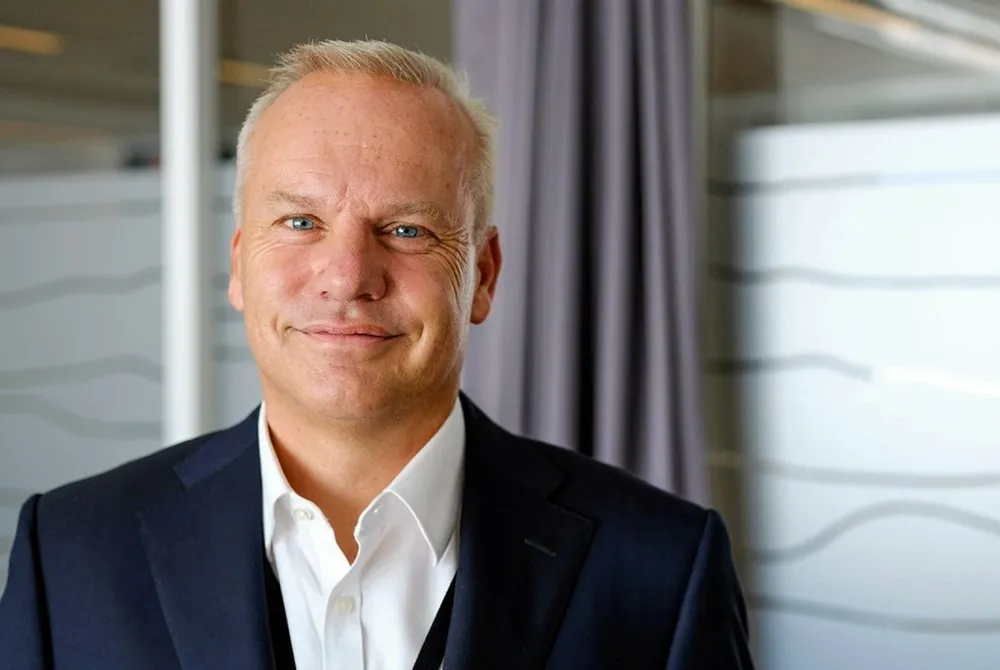Dogger Bank construction delay forces Equinor to cut renewables output forecast
Renewables generation was up overall, thanks mainly to onshore assets in Brazil and Poland, but Equinor no longer expects to double output this year

Installation delays on the Dogger Bank A wind farm have forced project partner Equinor to lower its forecasted growth in renewable power generation for 2024, the Norwegian oil major revealed in a second quarter earnings statement today (Wednesday).
While work is now progressing in the UK North Sea —with 27 turbines either fully or partly installed — the first 1.2GW phase of the world's biggest wind farm in construction is now expected to reach full commercial operations only in 2025.
The delay beyond 2024 means Equinor’s expected growth in power production from renewables assets has been adjusted to around 70% from 2023 levels by the year end, rather than a doubling of output as previously forecast.
The 3.6GW Dogger Bank is being built in the North Sea more than 130km from the Yorkshire coast in three 1.2GW phases known as Dogger Bank A, B and C.
In a quarterly statement that reported a modest decline in group-wide second quarter earnings overall, amid tumbling natural gas prices, Equinor also gave an update on the performance of its renewable energy assets.
The company produced a net 655GWh from renewables, up 90% from the same quarter last year, due mainly to the addition of onshore wind and solar capacity in Brazil, including the Rio Energy and partner-operated Mendubim assets, and also in Poland.
In offshore wind, Dogger Bank A generated 287GWh, with the majority coming from Dudgeon, Sheringham Shoal and Arkona.
But Equinor said its net operating loss for renewables widened to $311m in the first half of 2024, from $90m in the same period last year.
This was mainly attributed to a $147m net loss following the US offshore wind asset swap transaction between Equinor and BP, under which the Norwegian company took full ownership of the Empire Wind lease and projects and BP took full ownership of the Beacon Wind lease and projects in the first quarter of 2024.
However, Equinor said it had reduced offshore wind project development costs compared to the same periods last year, citing the capitalisation of Bałtyk project in Poland, in the third quarter of 2023, and the divestment of the Beacon Wind project.
The company stuck to previous guidance stating that its oil and gas output will remain stable this year.
Equinor is building a growing decarbonisation business and acquired three new licences for carbon capture and storage in the quarter, in Norway and Denmark.
“Field developments and high production contributes to energy security for Europe. To unlock further long-term value creation, we continue to optimise our portfolio. We also progressed our renewables projects and accessed three new licences for CO₂ storage, to build a profitable business for a future low carbon energy system,” commented CEO Anders Opedal.
(Copyright)